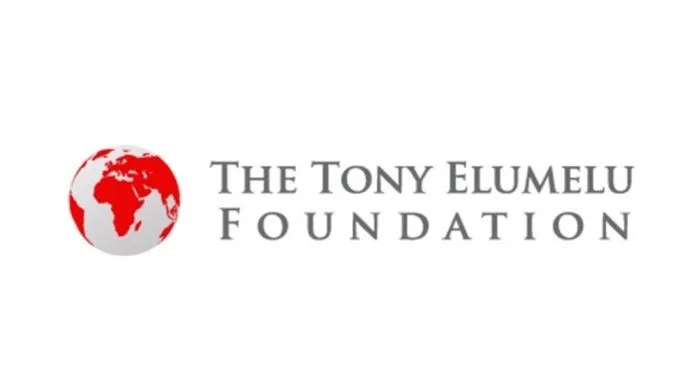The time value of money principle states that ₦1 today is worth more than ₦1 tomorrow. If your investments fail to deliver returns above inflation, you are effectively losing money.
To build a strong portfolio, you must consider liquidity, capital preservation, and personal risk tolerance. Factors such as age, financial goals, and investment strategy play a crucial role in making informed decisions. While high returns can be tempting, failing to assess risks can lead to significant losses.
With that in mind, let’s explore key investment opportunities for 2025.
1. Equities: High Growth Potential for Risk-Tolerant Investors
Equities remain an attractive choice for investors willing to take on higher risk. A well-diversified stock portfolio across industries like oil & gas (Seplat, Conoil, Aradel), banking, and insurance can provide strong returns.
The Nigerian Exchange (NGX) showed resilience in 2024, with the All-Share Index gaining 37.65% year-to-date. Around 70 stocks outperformed the November 2024 inflation rate, with dividend yields between 2% and 12%.
Although banking stocks underperformed in 2024 compared to 2023, the principle of “buy low, sell high” presents opportunities for investors looking to capitalize on future recoveries. However, equities are volatile, and a bullish year does not guarantee continued success.
2. Exchange-Traded Funds (ETFs): Diversification with Lower Risk
ETFs provide a cost-effective way to invest in a basket of securities, reducing exposure to individual stock risks. For instance, the Vetiva Banking ETF mirrors the banking sector’s performance.
- In H1 2024, the Vetiva Banking ETF yielded 6.14%, a sharp contrast to its 109% return in 2023.
- Investing your full ₦1 million in ETFs exposes you to sector-specific risks, but a balanced allocation can yield positive real returns.
3. Fixed-Income Investments: Stability Amidst Inflation Challenges
For conservative investors, Treasury Bills, Commercial Papers, and FGN Bonds offer stability and predictable income.
- In 2024, yields ranged from 20% to 30%, driven by aggressive Central Bank rate hikes.
- However, with inflation at 34.60% in November 2024, real returns remained limited or negative.
If interest rates decline in 2025, bond yields may fall, causing mark-to-market losses. To manage risk, consider allocating 30% of your portfolio to fixed-income assets while maintaining a diversified strategy
4. Mutual Funds: A Managed Approach for Low-Risk Investor
Mutual funds offer professional management and diversification, making them ideal for risk-averse investors. Options include:
- Money Market Funds (for stability)
- Equity and Mixed Funds (for growth)
- Fixed-Income and REIT Funds (for steady income)
Returns varied between 7.5% and 38% in 2024. Some funds outperformed inflation, while others yielded negative real returns. Investors seeking growth may prefer high-performing equity or mixed funds, while conservative investors may opt for money market funds.
5. Crafting a Diversified Investment Strategy for 2025
There is no universal investment formula for 2025. The best approach depends on your risk appetite and financial objectives.
A well-balanced portfolio may include:
- 50% in Equities for growth potential
- 30% in Fixed-Income for capital preservation
- 20% in ETFs or Mutual Funds for diversification and professional management
In an inflation-driven economy, ensuring that your investments generate real, inflation-adjusted returns is essential for long-term financial success. By making strategic allocation decisions, you can maximize returns while minimizing risk in 2025.






















